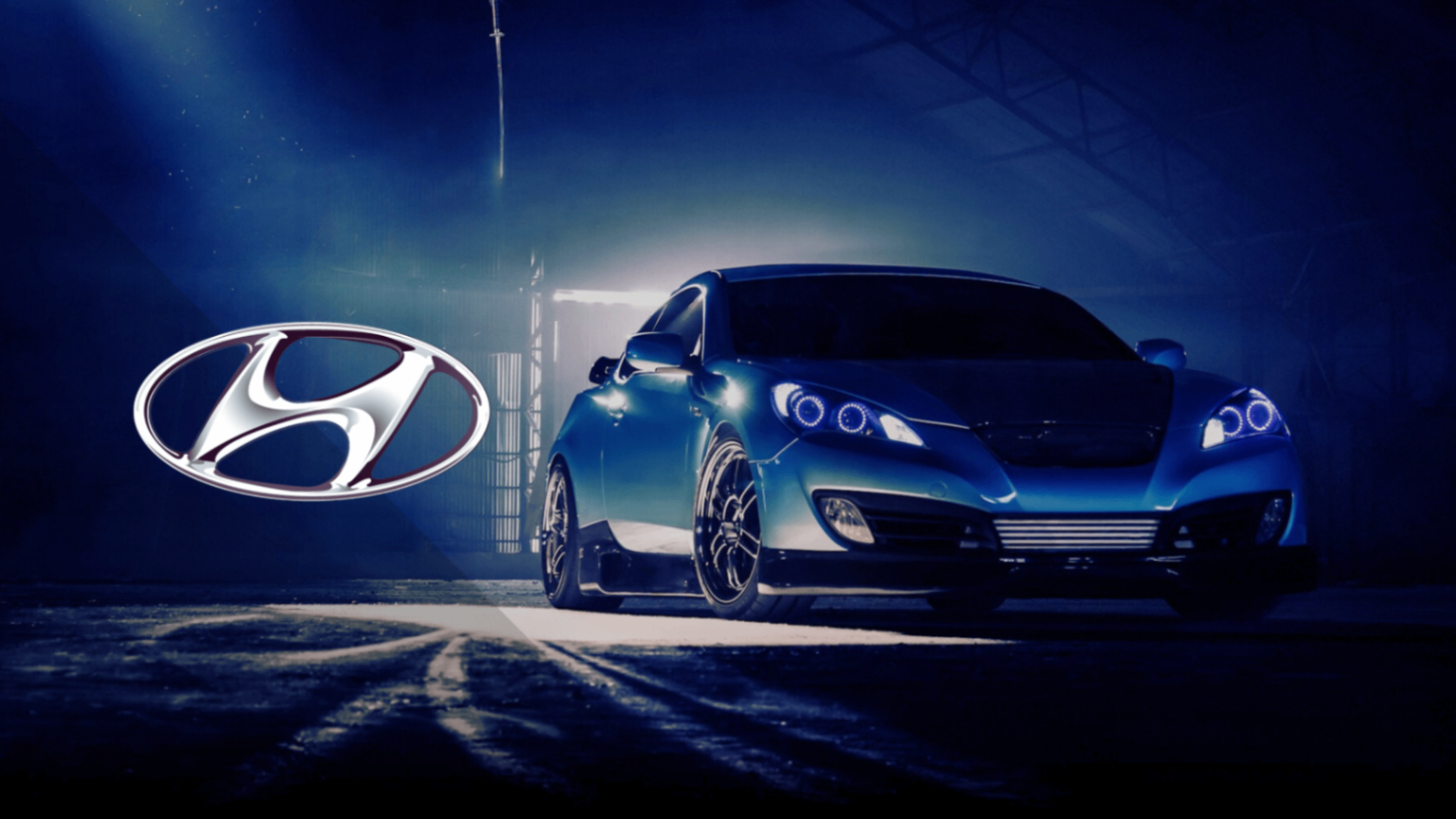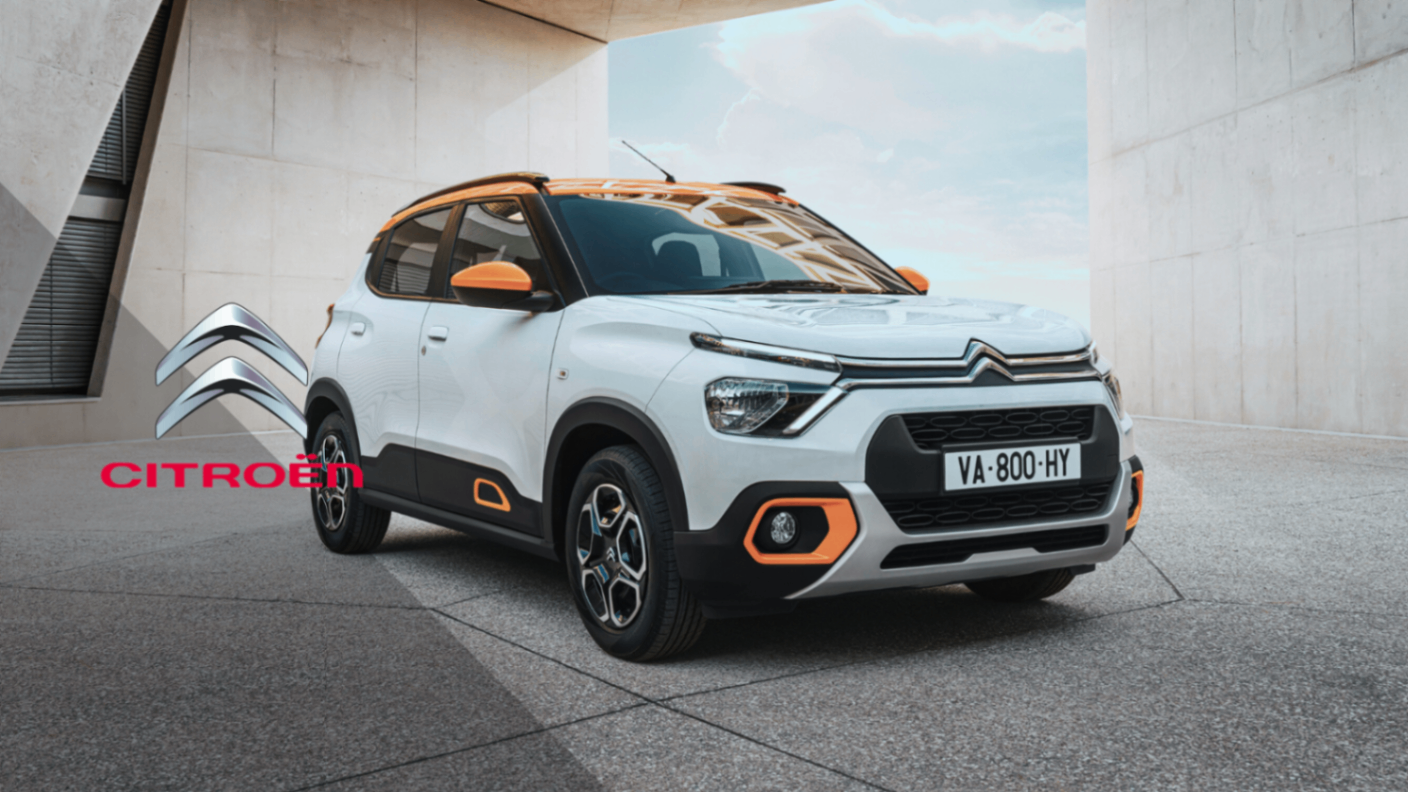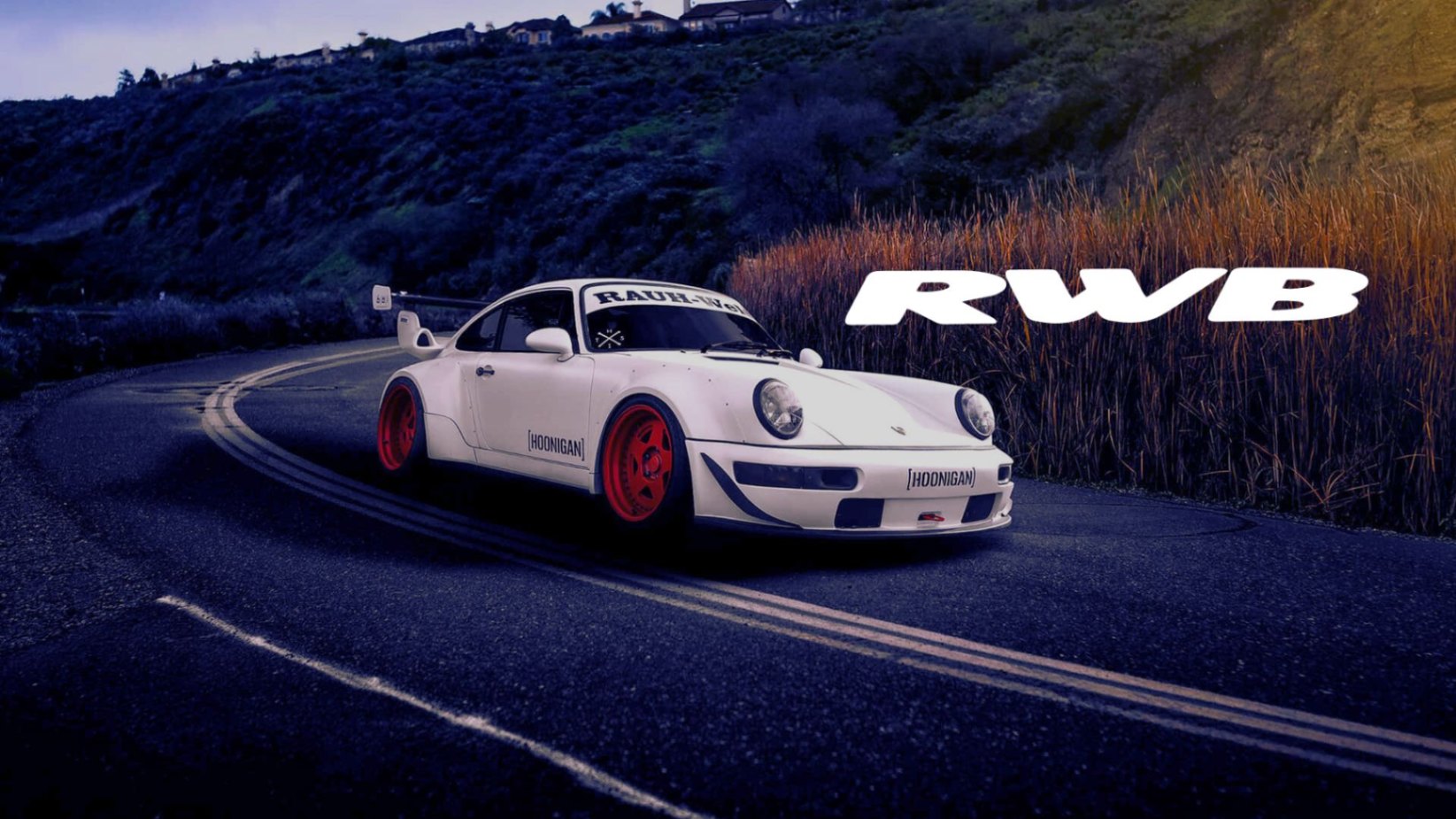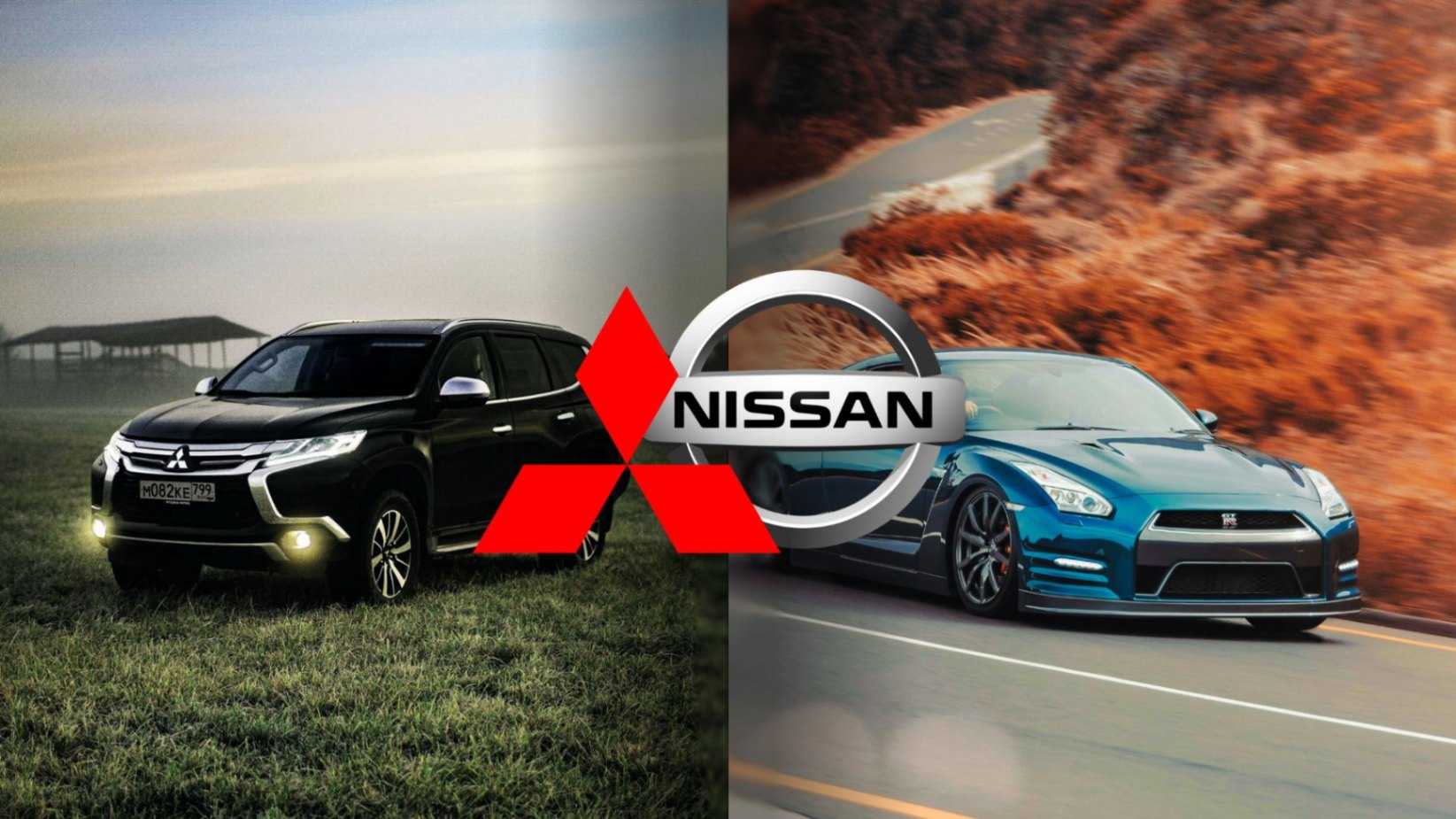
Did you know that behind this iconic brand lies a story of overcoming obstacles?
In this video, we’re going to discover how the mysterious ghost symbol not only represents the speed and power of Koenigsegg but also played a crucial role in saving the company. So get ready for an exciting adventure through time. Let’s begin!
The Beginnings
Christian von Koenigsegg was born in 1972 in Stockholm, Sweden. His father, Jesko von Koenigsegg, was a successful entrepreneur, and his mother, Brita Aasa, was a model. From a young age, Christian showed a strong interest in cars.
When Christian was a child, his father took him to see an animated movie called Flåklypa Grand Prix. In this movie, a group of friends builds a race car to compete in a grand prix. This had a profound impact on young Christian. He became fascinated by the idea of building his own race car, and from that moment, his dream was born. Later, at six years old, he had his first experience in a go-kart, which he described as one of the best days of his life.
At 12, Christian built his own go-kart using scrap parts. This project drove him to learn more about mechanics and engineering. When he turned 16, he started working in an auto repair shop, where he gained valuable hands-on experience. Later, he worked at a Suzuki dealership, where he got an up-close look at the automotive industry.
At 15, fascinated by motorcycles, Christian wasn’t content with just riding them—he wanted to go further, to take them apart, modify them, and turn them into more powerful machines. With his own hands, Christian swapped out parts, tuned engines, and increased the speed of his bikes.
Christian’s reputation quickly spread. Soon, people from all over town sought him out to modify their bikes. Some even asked for his help in repairing their motorcycles and boats. Seeing the success he had with modified bikes, he decided to start selling them. By the age of 18, he was already a small entrepreneur, earning money from his passion for mechanics.
Christian had a rebellious spirit. He refused to study subjects that didn’t interest him and preferred to spend hours in the garage, dismantling and assembling engines. His parents, initially concerned, decided to support him, as long as he committed to giving his best in whatever he chose. He dedicated himself to learning in a self-taught manner and through practice.

The Creation of His Company
As his experience grew, so did his ambition. Christian didn’t just want to modify existing vehicles—he wanted to create one from scratch, a car that would reflect his unique vision and passion for engineering.
At 19, he founded his first company, which focused on buying and selling goods, with the goal of raising funds for his real dream: building his own sports car. He began by exporting essential goods to Eastern European countries, where demand was high after years of shortages. His business quickly thrived, allowing him to generate the necessary capital.
In 1994, at the age of 22, Christian founded Koenigsegg Automotive AB in Ängelholm, Sweden, with the ambitious goal of creating the perfect car.
He approached a state entrepreneurship center, hoping to find support. There, he was attended to by an older woman. Initially, he thought it would be impossible to convince her to finance his project. However, the woman, with a keen and understanding gaze, listened to his proposal. Despite Christian’s youth, she decided to support him. The entrepreneurship center provided him with facilities where he could begin working.
In the mid-90s, Christian was working tirelessly on his first prototype. He spent days and nights perfecting every detail, obsessed with creating a car that would push the boundaries of speed and design. Finally, the time came to unveil it.
Far from the conventional automotive presentations, Christian decided to surprise the world with a unique showcase: the Cannes Film Festival. Surrounded by movie stars and high society personalities, he introduced his first car, the Koenigsegg CC, at an event filled with glamour and exclusivity.
Christian was determined that his brand would stand out from the rest with cars that pushed the limits of speed and performance. With this idea in mind, he began developing cars with power outputs around 700 horsepower—a figure that was considered exorbitant at the time.
Learn more: From Ferrari’s Rejection to Millionaire Mogul | Horacio Pagani
Top Gear Presentation
In its early days, Koenigsegg Automotive AB relied on American V8 engines to power their sports cars. These engines, known for their power and distinctive roar, became a fundamental part of the brand’s identity. However, they didn’t settle for simply using American engines. They decided to delve into their engineering, modifying and adapting them to their specific needs.
In 2006, Koenigsegg decided to bring their CC8 model to the stage of Top Gear. This car, with its cutting-edge design and 655-horsepower V8 engine, had all the credentials to impress the show’s hosts, who were known for their high standards and sharp humor.
During the fast lap test, the car, with its overwhelming power and insufficient aerodynamic downforce, lost control and went off the track. This incident caused a media stir and cast doubt on the vehicle's capabilities.
Far from seeing this as a failure, Christian viewed the incident as an opportunity to demonstrate his commitment to safety and improvement. They returned to the show with the same CC8, this time equipped with a rear wing that provided greater aerodynamic downforce.
In the second test, the CC8, now with improved stability, successfully completed the fast lap with an impressive time. The Top Gear hosts were pleasantly surprised by Koenigsegg’s response and the car’s enhanced performance. Their participation was a resounding success. The show gave them significant global exposure and solidified their reputation as a manufacturer of exceptional sports cars.
The Ghost Logo
But not everything was going well for the company. A massive fire broke out at Koenigsegg Automotive's old facilities. The flames, fueled by the wooden roof structure, spread rapidly. However, thanks to the quick action of the firefighters and the bravery of the employees, who managed to save most of the cars, the tragedy didn’t turn into a total disaster. Nevertheless, the facilities suffered considerable damage, and the company lost a significant amount of tools, equipment, and materials.
With morale at an all-time low, they decided to temporarily set up in an old airbase while the factory was being rebuilt. There, Christian came across a symbol that was already part of the location's history: the ghost. This was the emblem of the Ghost Squadron, an elite unit of the Swedish Air Force, known for its stealth and combat prowess. They were so fast and skilled that the enemy could only hear them but never see them.
Among the remnants of old planes, there was a graffiti that read, "The Show Must Go On." Christian, inspired by what he saw, took it as a sign to persevere and decided to adopt the emblem as a symbol of his own brand, representing resilience and speed.
With the introduction of the Koenigsegg CCX, the company unveiled a new logo design that included the ghost for the first time. The ghost was placed on the vehicle, and since then, it has become a distinctive element of the brand.
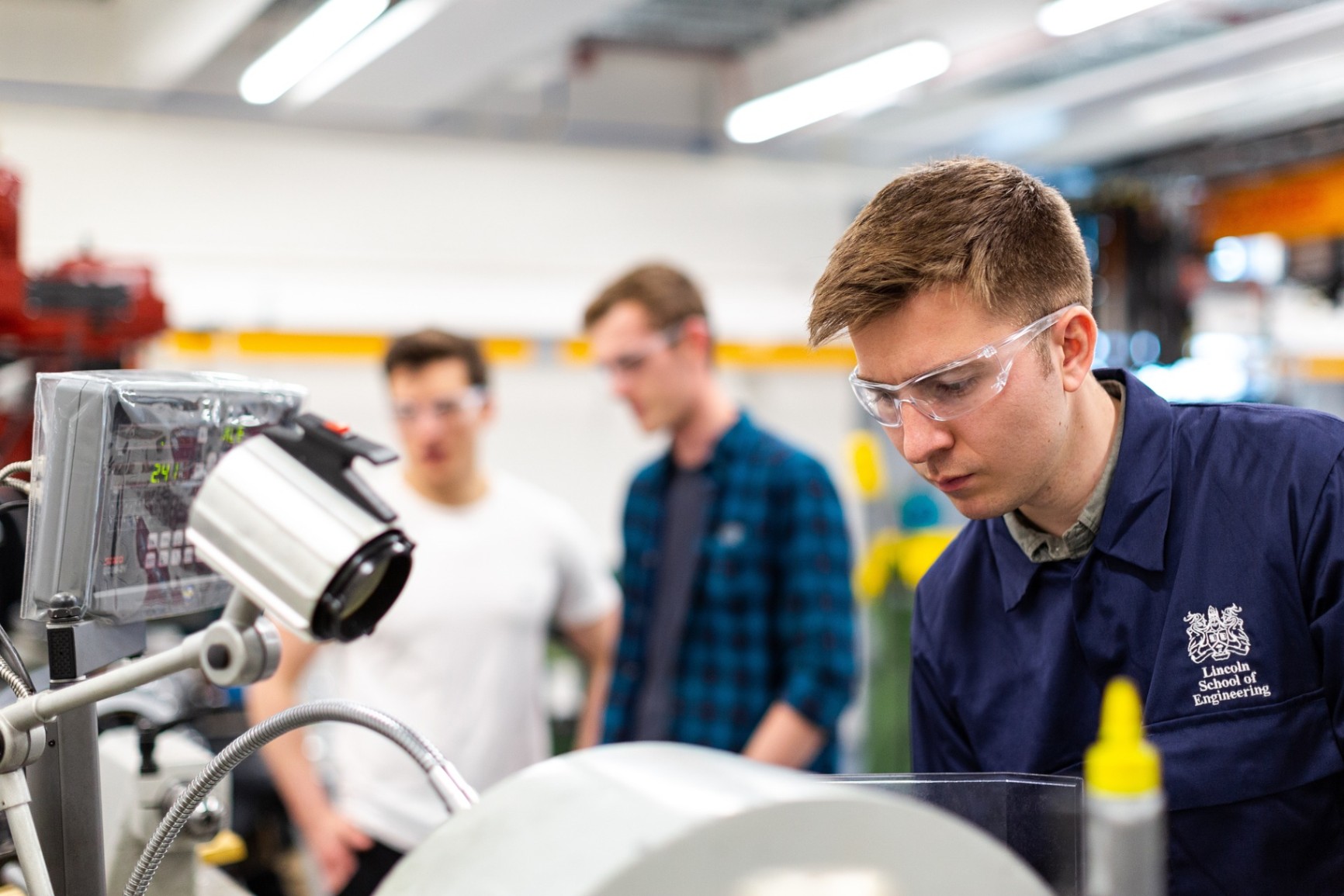
Major Achievements
Reaching the 1,000 horsepower barrier was a pivotal moment for Koenigsegg; there aren’t many cars that leave the factory with that kind of power. After the incident with Top Gear, the company decided to reconsider its focus on aerodynamics. They realized that raw power wasn’t everything, and that stability and control were crucial aspects for performance and safety.
The brand began exploring the potential of active aerodynamics, a system that allows the car’s aerodynamics to be modified in real-time based on driving conditions. Koenigsegg's active aerodynamics systems use movable elements like wings, flaps, and diffusers that adjust automatically or manually to optimize airflow around the car.
Koenigsegg has always focused on quality, innovation, and exclusivity. Each car is designed and built with unmatched meticulousness, using the finest materials and the most advanced techniques.
In 2014, they introduced a concept that defied all expectations: the One:1. This sports car not only had an impressive design, but it also featured a power-to-weight ratio of 1:1, meaning it had one horsepower for every kilogram of weight.
However, this power comes with considerable emissions of pollutants. Meeting increasingly stringent emissions standards became a challenge for the brand. Koenigsegg's team of engineers decided to design a catalytic converter that not only met emissions standards but also maintained the exceptional performance of their cars. After years of research and development, they succeeded in creating a unique and highly efficient catalytic converter.
They also developed a new type of suspension called Triplex, based on a system of three independent chambers that work together to control the vehicle's movement. Each chamber is connected to a hydraulic damper and a height sensor, allowing the suspension to adjust in real-time to road conditions and the driver's style.
Koenigsegg was one of the first companies to incorporate carbon fiber into the construction of its cars. In the year 2000, the CC8 became the first mass-produced car to use a carbon fiber chassis. The brand uses carbon fiber in a wide variety of components, including the body, wheels, suspension, and interiors.
In 2019, Koenigsegg broke the 0 to 300 km/h and back to 0 acceleration record with its Jesko Absolut model, completing the feat in an impressive 17.9 seconds. However, Bugatti was not far behind. In 2020, the French brand responded with its Chiron Super Sport 300+, achieving a time of 16.1 seconds in the same test. The battle for ultimate speed between Koenigsegg and Bugatti seems endless, and only time will tell who will be the next king of acceleration.
Over the years, Koenigsegg has fiercely competed for the land speed record for production cars. Finally, in 2017, they set a new speed record for a series production car. The Koenigsegg Agera RS reached a speed exceeding 450 km/h, breaking the previous record and setting a new milestone in automotive history.
However, Koenigsegg's reign as the speed king was short-lived. In 2019, SSC Tuatara surpassed Koenigsegg's record with a speed exceeding 500 km/h. Despite this setback, Koenigsegg is not giving up. The brand is already working on new models aimed at surpassing SSC Tuatara's record and setting a new milestone in the quest for maximum speed.
Present Day
The Koenigsegg Jesko is named after Christian von Koenigsegg's father. Jesko von Koenigsegg was a car enthusiast and a significant influence in Christian’s life.
The new car, Jesko Absolut, is not just a tribute vehicle but also one designed to achieve an ambitious goal: breaking the 500 km/h top speed barrier. To accomplish this, Koenigsegg has had to overcome numerous challenges, such as finding tires that can withstand the enormous centrifugal forces, determining the amount of fuel required for such a high-speed run, and finding a track long and safe enough to conduct a 500 km/h speed test.
Despite having a relatively small team of 300 employees compared to other major car manufacturers, Koenigsegg has managed to develop cars that compete with the best in the world. Their models are known for their stunning design, exceptional performance, and innovative technology.
In 2020, the Gemera was unveiled for the first time at the Geneva Motor Show. This car offers space for four occupants and features a hybrid propulsion system that combines three electric motors with an internal combustion engine. Together, these engines generate a total output of 1,727 horsepower and 3,300 Newton meters of torque.
Production of the Gemera began in 2024, and it is a limited-production car. Koenigsegg plans to manufacture only 300 units, making it a highly sought-after collector's item. The first customer deliveries are expected in 2025.
In the world of sports cars, Koenigsegg is not just a manufacturer; it is a pioneer. They constantly redefine the limits of technology, design, and performance, pushing the boundaries of what is considered possible. Each new model is a masterpiece of engineering, incorporating the latest technologies and the most advanced materials.
Koenigsegg is a symbol that dreams, no matter how ambitious, can come true. It is a story of perseverance, passion, and triumph, inspiring us to pursue our own goals with boldness and determination, constantly reminding us that... the show must go on.
Also check out: The Spanish Supercar That Challenges the Giants | Spania GTA


